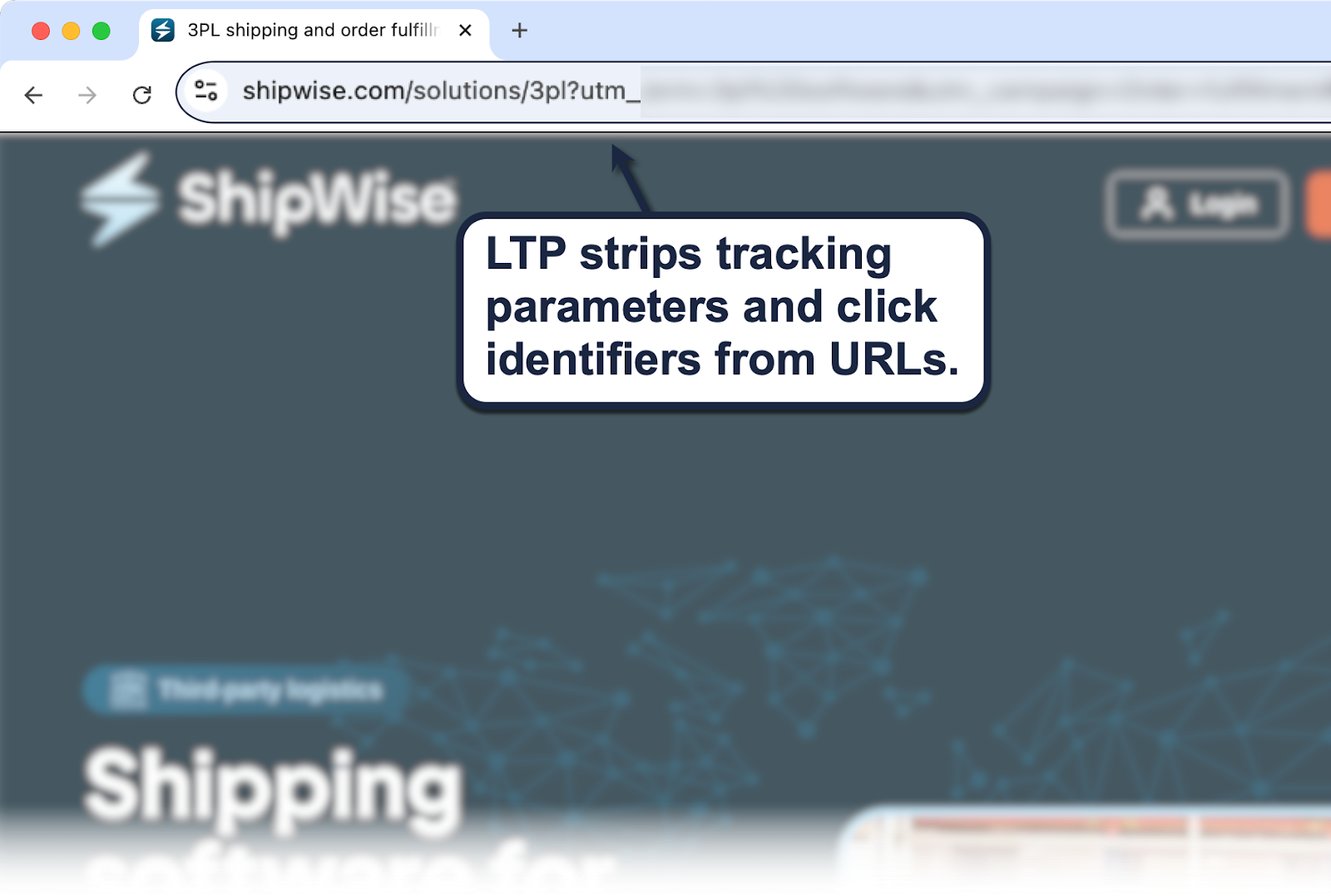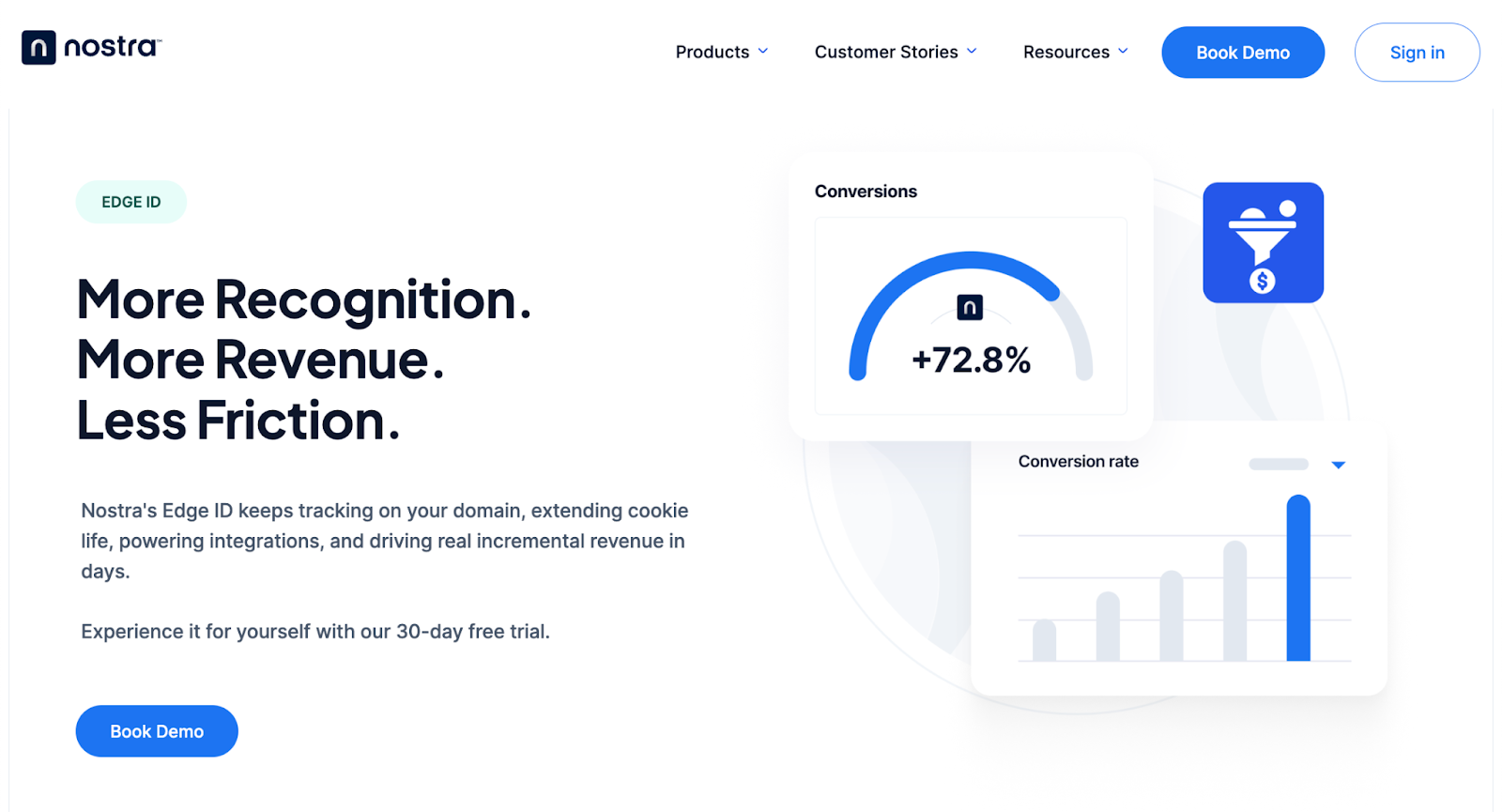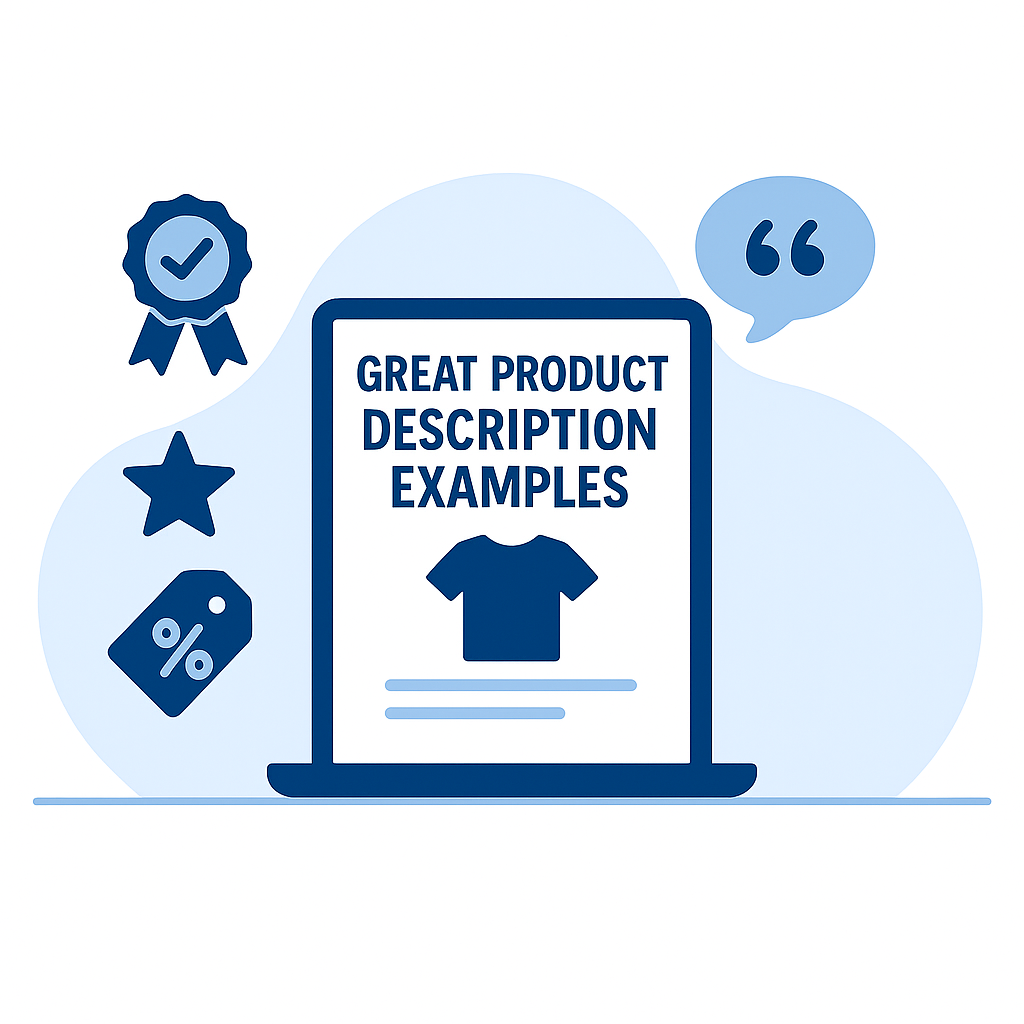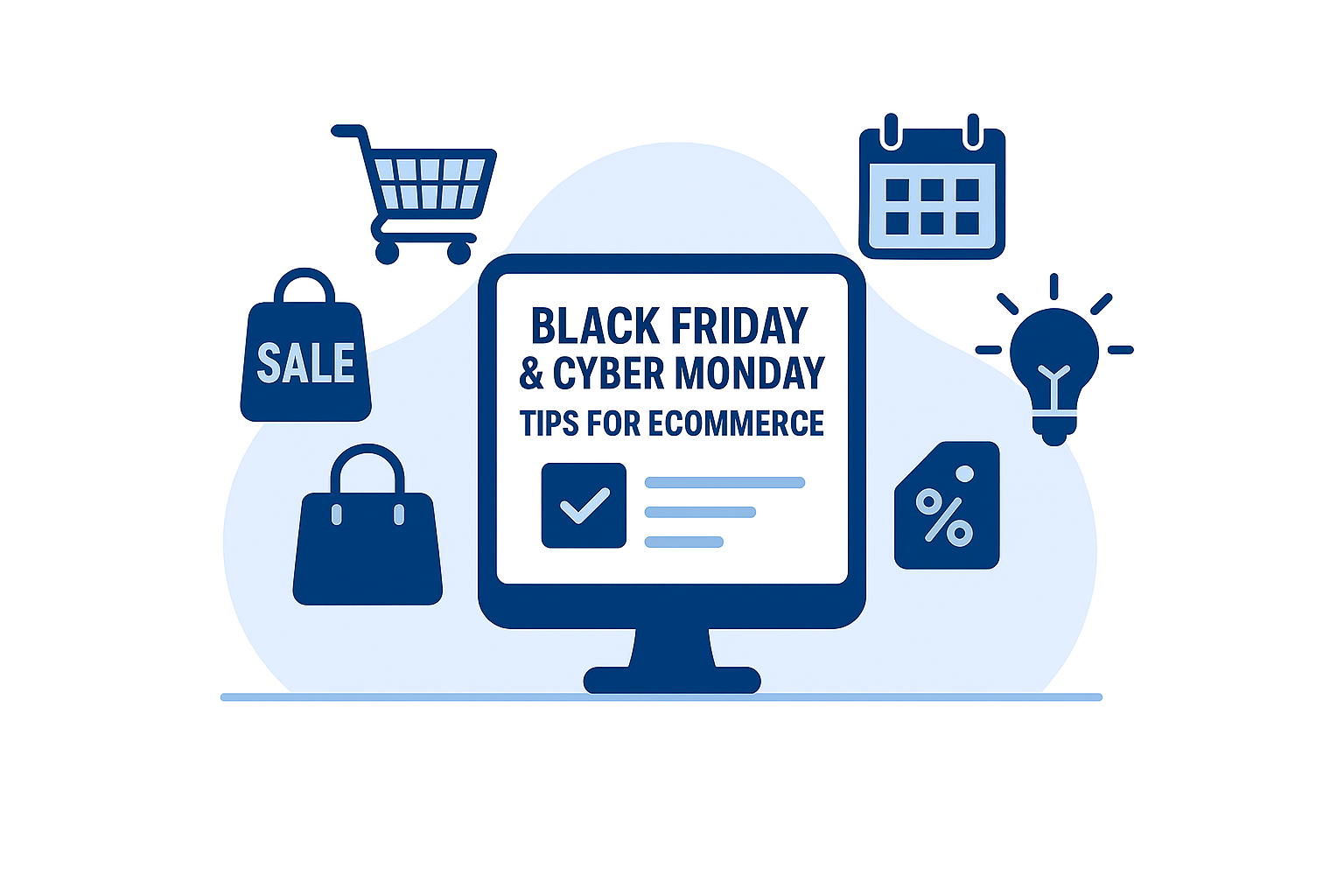iOS 26: What Ecommerce Brands Need to Know About Tracking and Attribution
It's not often that a smartphone operating system disrupts the entire digital marketing landscape.
But if we're talking about the platform that has 57.24% market share in the United States, then it comes as no surprise.
iOS 26 is the 19th and latest official release of Apple's operating system for iPhones. While it's packed with exciting aesthetic and feature updates for users, iOS 26 also comes with privacy and security updates that disrupt existing attribution and personalization efforts by ecommerce brands.

In this post, we'll explore the key user privacy changes in iOS 26, how they affect tracking as well as attribution, and what workarounds or technologies are available.
We'll also cover Nostra Edge ID — a powerful tool that moves critical user tracking processes server-side, helping preserve attribution accuracy and revenue.
Let's get started.
What's Changing in iOS 26: Key Privacy & Tracking Updates
Before anything else, let's do a drill-down into the changes that came with iOS 26.
Sure, there are plenty to talk about in terms of iOS 26's new personalization and Quality of Life (QoL) features. But for the sake of this guide, we'll focus on changes in the platform's user privacy and tracking systems.
1. Link Tracking Protection
Marketing attribution is all about identifying the specific campaigns or touchpoints — be it an ad or a guest post — that influence user action.
You can probably tell how important this is to digital marketing efficiency.
By understanding which marketing channels ultimately contribute to conversion goals (e.g., making a purchase, downloading a resource, or subscribing to a newsletter), brands can make fine adjustments to their marketing for optimal results. They could put more budget into highly effective channels, review underperforming campaigns, and so on.
Link tracking, which involves modifying URLs to contain special tracking parameters, was a perfectly efficient solution for this. It allows brands to capture and record user interactions, gain a more holistic view of the user journey, and determine which channels deserve attention.
Unfortunately, the iOS 26 rollout expands the platform's Link Tracking Protection (LTP) features.
In a nutshell, click identifiers and parameters for link tracking (e.g., UTM, FBCLID, and GCLID) will be automatically stripped when shared or clicked within staple iOS apps, like Mail, Messages, and Safari.

This reduces attribution accuracy and complicates ROI measurement of your marketing efforts, especially since it propagates "dark traffic."
2. Advanced Fingerprinting Protection & Noise Injection
Aside from link tracking, countless marketers — particularly those handling long, winding, and complex customer journeys — relied on fingerprinting to identify users.
In simple terms, fingerprinting APIs work by assigning unique and persistent IDs to users based on device attributes, like screen resolution, browser settings, and CPU cores. This enables more reliable, cross-platform tracking while unlocking opportunities for remarketing and hyper-personalized messaging.
With iOS 26, Apple now deliberately dilutes the values retrieved by fingerprinting APIs with "noise." This means that, whenever APIs request data for fingerprinting purposes, the values are automatically altered to prevent identification.
Without access to consistent device attributes, fingerprinting is next to impossible. As such, brands must turn to alternative tracking methods to deliver personalized or retargeted messaging, like server-side tracking or first-party data collection.
3. Stricter Behavior in Safari & Related Apple Apps
In addition to injecting noise to incapacitate fingerprinting APIs, updated iOS 26 apps like Safari will also adopt stricter protocols when it comes to third-party scripts.
For example, access to the browser's localStorage and cookies will be severely limited, making it virtually impossible to establish persistent identifiers across sessions.
As an extra precaution, Safari will also automatically remove tracking-related query parameters in "document.referrer" properties, which essentially allow trackers to identify the previous URL an incoming user originated from.
All in all, many current attribution methods will lose fidelity — from campaigns that use click IDs to personalized remarketing ads tailored to a customer's previous interactions.
What These Changes Mean for Ecommerce Brands?
To sum it up, here's a quick recap of how the latest iOS 26 privacy and security changes affect the ecommerce space:
- Attribution Breakdowns — With the nearly non-existent trackability of iOS traffic, even the simplest and most straightforward marketing attribution tactics become less reliable (i.e., last-click attribution). Existing web traffic analytics tools will also capture more dark traffic, which won't help your marketing attribution and optimization strategies.
- Retargeting & Personalization Challenges — Since iOS 26's anti-fingerprinting systems make it nearly impossible to identify previous or returning visitors, brands need to get extra creative if they want to leverage retargeting and personalized marketing strategies. Something as simple as configuring triggered emails or automating cart abandonment notifications may require an overhaul in terms of targeting.
- Data Gaps & Measurement Delays — The presence of dark traffic is never good from a data analytics perspective. After all, interactions from unattributed users can skew your analysis of critical performance metrics like conversion rate, leading to a possible disconnect between marketing spend and perceived ROI.
- Privacy & Compliance Requirements — In iOS 26, Apple's decisions on user privacy and security reflect broader regulatory changes that affect targeted marketing as a whole. A perfect example would be the phase-out of third-party cookies by Google, compelling brands to pursue other means of acquiring valuable customer data while abiding by global and local data privacy regulations.
While it seems like attribution-based marketing is well on its way out, there are still a few effective workarounds that brands can rely on.
This leads us to…
Strategies to Adapt & Preserve Attribution
The good news is, relying on client-side tracking isn't the only way to procure customer data for marketing attribution.
Without further ado, here are proven strategies that will work:
- Move to First-Party Data & Domains — The first and most sensible way to address the iOS 26 problem is to shift towards first-party data, which pertains to customer insights that you collected yourself. There are numerous ways to do this, like encouraging account creation and running surveys.
- Use Server-Side & Proxy Tracking — You can also move critical user tracking to your own domain using a first-party or reverse proxy, which sits at the edge of the network near your backend servers. This will keep your user tracking and marketing attribution efforts safe from being stripped by expanded LTP protocols.
- Blended or Multi-Model Attribution — Artificial Intelligence (AI) and Machine Learning (ML) tools can crunch large amounts of historical customer data, which can surface high-performing channels or touchpoints. You may also consider using incrementality testing to individually test the impact of marketing activities on customer behavior.
As you implement workarounds to iOS 26's tracking limitations, make sure you perform regular audits of your tracking stack.
It's also crucial to be transparent and respectful when deploying your first-party data collection tools. As a rule of thumb, start by reviewing data privacy regulations that apply to you, like the General Data Protection Regulation (GDPR) and the California Consumer Privacy Act (CCPA).
While you're at it, make sure you implement functional consent banners and a clear, up-to-date privacy policy.
Introducing Nostra Edge ID: How It Helps in the iOS 26 Era
For marketers, perhaps the toughest pill to swallow in the iOS 26 era is the extra amount of work they need to do — just to keep what's been working fine for decades.
The good news is, there are plenty of turnkey solutions that not only preserve the effectiveness of marketing attribution, but can also be deployed within minutes.
With Nostra Edge ID, you don't have to rely on third-party tracking to achieve precise marketing attribution and build a high-quality, privacy-compliant customer data repository.

Here's a closer look at how it works…
What is Edge ID
Edge ID uses a first-party, reverse proxy model — staying server-side to keep essential tracking processes within first-party domains.
Put simply, it captures valuable user information (with their consent) while extending cookie lifespans back to two years.
Not a single byte of the tracking process will rely on browser or client-side systems, which means your tracking and attribution efforts are essentially immune to the ongoing purge of third-party cookies on the internet.

How Edge ID Addresses iOS 26 Challenges
Since Edge ID enables first-party tracking, updates to LTPs and click IDs that came with iOS 26 don't just render you helpless and starved of valuable customer data.
In fact, first-party tracking will give you even better control and utility of your customer data, further enhancing marketing attribution initiatives.
For example, Edge ID is capable of identifying returning visitors in real time — without affecting server performance. This, paired with the Edge Delivery Engine, will help you deliver dynamic and captivating customer experiences (e.g., personalized content and retargeted communications) that your competitors would struggle with, especially in the iOS 26 era.

Apart from improving your personalized marketing campaigns, here are some of the other benefits and use cases of Edge ID:
- Improve Return on Ad Spend via better (and future-proofed) ad attribution.
- Resume your personalized and automated email campaigns because returning visitors will still be recognized over time, even if all third-party tracking ceases to work.
- Maximize cookie lifespans and make the most out of your first-party data collection strategies.
- Unlike other first-party tracking software, Edge ID works silently in the background and preserves 100% of your server performance.
Lastly, take note that Edge ID also works great with major ad platforms, analytics tools, and email marketing solutions. This includes Meta Ads, Google Ads, and Klaviyo.
Best Practices & Checklist for Ecommerce Brands
Before you leave, here's a quick checklist of the best practices you need to remember in the post-iOS 26 era:
- Map out all current tracking parameters. Take inventory of your tracking links and click identifiers to gauge the potential and actual impact of iOS 26.
- Test user flows under iOS 26 betas. Use an updated iOS device or simulators to inspect where user tracking usually breaks.
- Implement first-party tracking & server-side logic where possible. Consider deploying Edge ID or similar identity extension tools to move tracking to your first-party domain.
- Reevaluate attribution models. Explore lift tests, A/B testing, incrementality experiments, and AI-powered multi-touch attribution to enhance your customer data quality.
- Monitor privacy & tech updates. Regularly check for software updates and keep up with the Worldwide Developers Conference (WWDC), as well as other media like Safari release notes.
Conclusion
iOS 26 brings stricter privacy rules that challenge many legacy tracking and attribution methods.
Of course, no one can be 100% sure about what the customer data economy will look like in the following weeks or months. Brands, however, can always adopt a proactive stance and take tracking into their own hands.
With first-party data, server-side tracking, and identity extension software like Edge ID, you don't have to worry about external changes and how they'll impact your marketing performance -- especially when it comes to crucial times of year like Black Friday and Cyber Monday.
Keeping data to yourself, as long as it's collected ethically and within compliant standards, will preserve your ability to conduct advanced, hyper-targeted, and personalized marketing — strategies that may get harder and harder to come by in the future.
Just remember that speed and performance matter too.
Slow websites exacerbate tracking loss by ruining the user experience and cutting sessions short. You can ensure both tracking resilience and top-tier site speeds with Nostra AI's suite of products (Edge ID + Edge Delivery).
What you need to do now is evaluate your tracking setup and book a demo here to see Nostra AI in action!
.svg)
.svg)
.svg)
.svg)

.svg)








